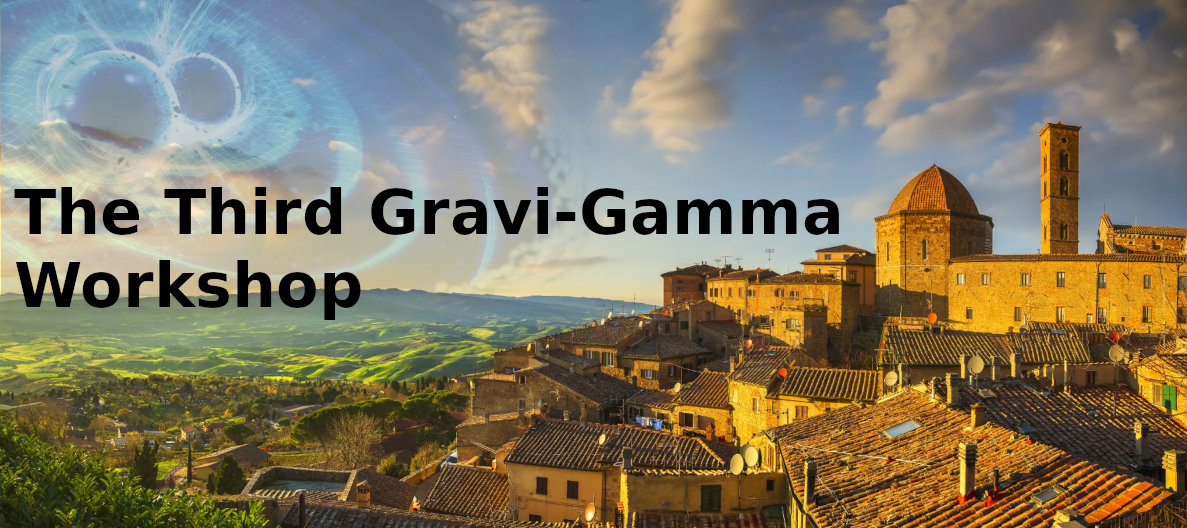Speaker
Description
The discovery of a short Gamma-Ray Burst, GRB170817A, in association with a Gravitational Wave and a bright kilonova started a new era in the high energy astrophysics. The observation of GRB170817A and more recently, GRB200826A and GRB211211A, a short and a long burst respectively with a possible kilonova, have reinforced the need for new ways of classification. For this reason, a procedure that uses a machine learning technique searching for similarities in the light curves is applied to Swift-BAT prompt emission data. Two distinct groups could be identified, although still correlated with standard T90 duration. Since a jet viewed off-axis could explain the emission from GRB170817A, the modelling of this kind of sources is of great importance. A public code called JetFit, based on the “boosted fireball” model, is applied to fit Swift-XRT afterglow light curves of short and long Gamma-Ray Bursts, with known redshift, from 2005 to 2021. JetFit does not model the flaring activity. For this reason, a new procedure to remove the flaring phases has been developed. The distributions of the best-fit parameters, grouped according to the classification given by the machine learning algorithm, describe the physics of our sample. The mean values of the JetFit parameters can be used to compute the Synchrotron part of a typical Gamma-Ray Bursts afterglow emission model. Given the synchrotron mechanism, we obtain a prediction on the Synchrotron Self-Compton high-energy component by building a general model based on physical parameters of the afterglow.

